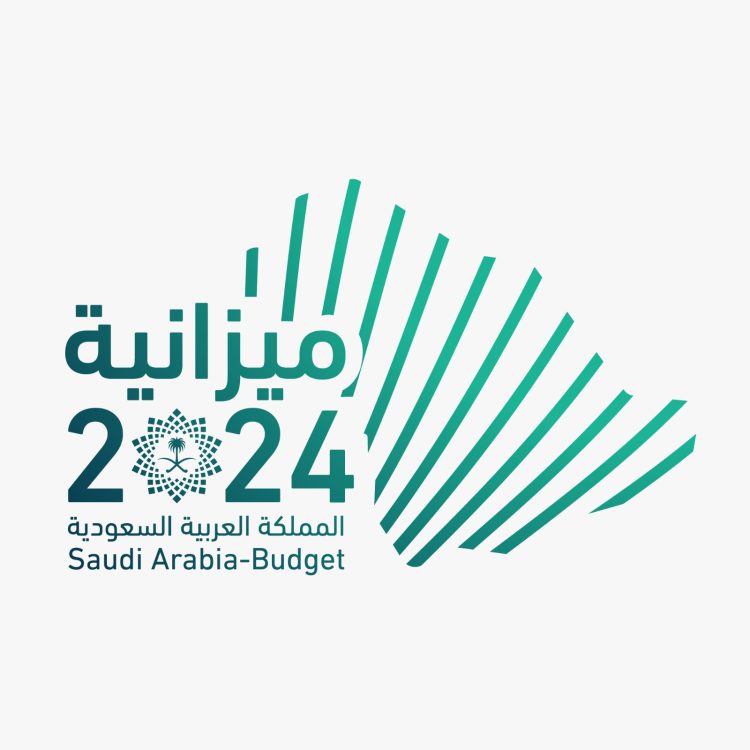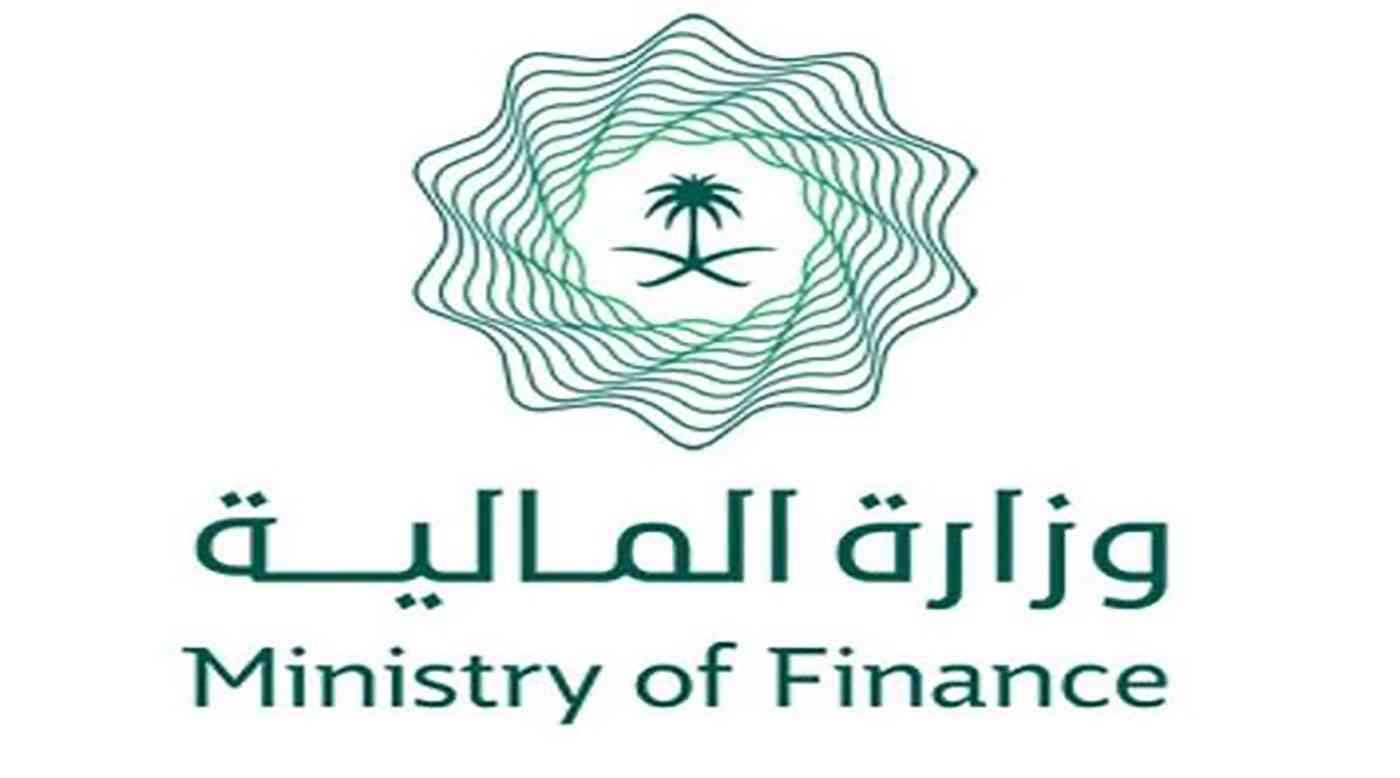Publisher: Maaal International Media Company
License: 465734
Assessing Revenue Scenarios for Saudi Budget in 2024 Amid Global and Local Challenges
The Saudi government has unveiled three revenue scenarios for the 2024 budget, accounting for global and local developments as well as challenges in the global economy and geopolitical risks.
In the most optimistic scenario, revenues are projected at 1,485 billion riyals, with expenditures at 1,251 billion riyals, resulting in a surplus of 234 billion riyals. The second scenario anticipates revenues of 1,172 billion riyals, with spending remaining at 1,251 billion riyals, leading to a deficit of 79 billion riyals. The third, more conservative scenario, foresees revenues of 1,149 billion riyals and spending of 1,251 billion riyals, resulting in a deficit of 102 billion riyals.
An essential aspect of understanding the current economic situation and addressing key challenges is the thorough analysis of financial and economic risks facing the Kingdom’s economy. Such analysis plays a crucial role in the formulation of effective policies and strategies aimed at ensuring the Kingdom’s financial sustainability.
اقرأ المزيد
The global economy’s growth remains a significant factor that could impact the Kingdom’s economy. The global economy continues to experience a slowdown due to various events, notably the Covid-19 pandemic, disruptions in supply chains, rising prices of essential commodities, and geopolitical tensions, particularly those affecting food security. This has led to the emergence of an inflationary wave, prompting several central banks to adopt a contractionary monetary policy by raising interest rates to control inflation.
The deceleration in global economic growth and the persistence of the inflationary wave may have adverse consequences for the local economy. This includes the potential for increased local inflation rates, which could reduce demand and consumption indicators domestically. Moreover, it may result in higher interest rates, impacting the growth of local investment activities. The tightening monetary policies pursued by various central banks have contributed to elevated borrowing costs and slowed credit growth.
However, it is worth noting that the risks leading to a decline in domestic demand are currently considered low probability. Additionally, initiatives aimed at boosting the private sector’s role have positively influenced consumption and investment indicators, along with improvements in employment and nationalization rates. All these factors collectively mitigate the potential impact of these risks on the non-oil sector’s domestic product growth.
The government has implemented several measures and policies to address these risks, including setting gasoline price ceilings, enhancing food security, strengthening the social support and protection system, supporting essential goods and services, and promoting the non-oil sector. Moreover, the Kingdom’s decision to extend the voluntary reduction in oil production until the end of 2023 has supported OPEC’s efforts to stabilize oil markets. The Kingdom’s strong financial position, with robust government reserves and sustainable levels of public debt, provides fiscal space to manage future crises. Additionally, the flexibility in spending, including the ability to extend project implementation timelines, offers control over medium-term spending levels in response to oil market fluctuations.
In light of the global and local developments mentioned, the upper and lower revenue scenarios have been carefully formulated to account for challenges in the global economy and geopolitical risks. These estimates enable the government to be prepared for any of these scenarios and maintain a flexible fiscal stance. The reliance on structural revenue estimates also helps align spending with oil market dynamics.








